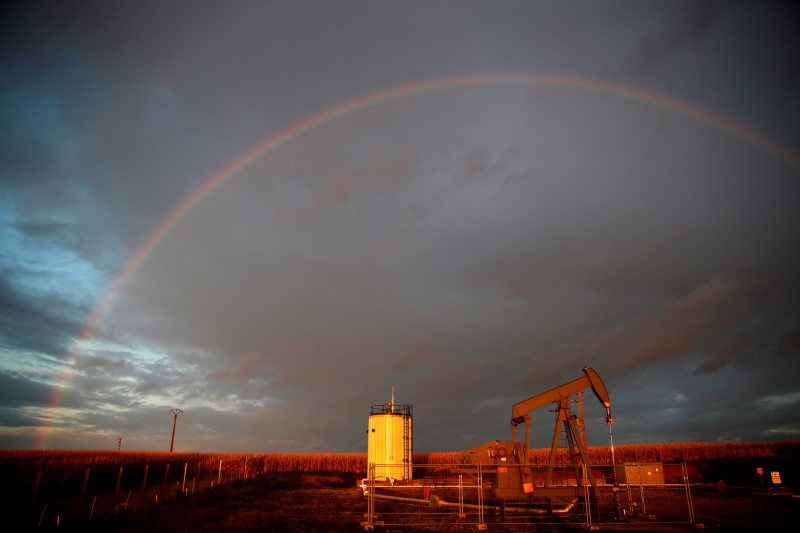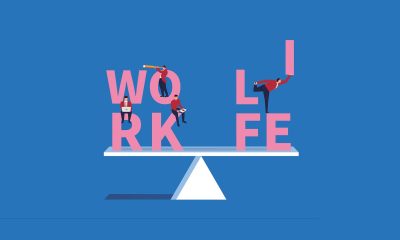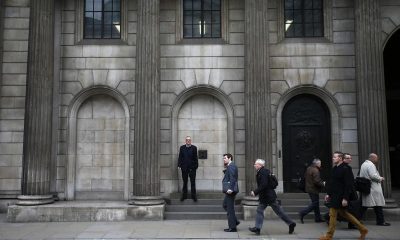Investing
Oil ticks up as supply concerns outshine macroeconomic jitters

© Reuters. An aerial view shows an oil factory of Idemitsu Kosan Co. in Ichihara, east of Tokyo, Japan November 12, 2021, in this photo taken by Kyodo. Picture taken on November 12, 2021. Mandatory credit Kyodo/via REUTERS
By Natalie Grover
LONDON (Reuters) -Oil prices crept up on Tuesday as supply concerns from a hurricane hurtling towards the U.S. Gulf Coast limited bearish sentiment about the possibility of another U.S. interest rate hike undercutting demand.
rose 53 cents at $84.95 a barrel by 1235 GMT, while U.S. West Texas Intermediate crude edged 42 cents higher to $80.52 a barrel.
Tropical Storm Idalia swirled into a hurricane on Tuesday after skirting past Cuba as it closed in on Florida’s Gulf Coast. The storm is likely to cause power outages and could impact crude production.
The jitters follow a fire at a Marathon Petroleum (NYSE:) refinery last week, after a chemical leak ignited two giant storage tanks filled with volatile naphtha.
On Monday, the company said it planned to restart units at the 596,000-barrel-per-day (bpd) Garyville, Louisiana refinery, the third largest in the United States.
“Such incidents will remain catalysts in upward movement as the oil community is currently very sensitive to interruptions to any refinery, anywhere in the world,” said John Evans of oil broker PVM.
Meanwhile, Chevron (NYSE:)’s two major liquefied (LNG) production facilities in Australia – that account for more than 5% of global LNG capacity – could face daily work stoppages of up to 10 hours next week after unions on Tuesday threatened labour action in a dispute over pay and conditions.
Power markets will run as a timely ally for a product-led oil rally, added PVM’s Evans.
Still, oil demand worries fester in the world’s two biggest economies – the U.S. and China.
Federal Reserve Chair Jerome Powell on Friday said the U.S. central bank may need to raise rates further to cool stubborn inflation.
China’s post-pandemic economic recovery has sputtered due to a worsening property slump, weak consumer spending and tumbling credit growth, prompting Beijing to cut key policy rates to shore up activity in the world’s biggest oil importer.
Eyes are also on economic data from key economies this week to help determine the path of interest rates this year and next.
“It may be difficult for oil prices to maintain the strong bull trend (seen) in July at this stage. The U.S. and European economies will face downward pressure in the fourth quarter until interest rates peak,” said CMC Markets (LON:) analyst Leon Li.
Read the full article here

-

 Investing6 days ago
Investing6 days agoThis All-Access Pass to Learning Is Now $20 for Black Friday
-

 Passive Income6 days ago
Passive Income6 days agoHow to Create a Routine That Balances Rest and Business Success
-

 Side Hustles7 days ago
Side Hustles7 days agoApple Prepares a New AI-Powered Siri to Compete With ChatGPT
-

 Side Hustles4 days ago
Side Hustles4 days agoA Macy’s Employee Made Accounting Errors Worth $132 Million
-

 Investing3 days ago
Investing3 days agoFactbox-How Trump can overhaul US financial regulators when he takes office By Reuters
-

 Passive Income3 days ago
Passive Income3 days ago5 Ways AI Can Accelerate Your Entrepreneurial Journey
-

 Passive Income7 days ago
Passive Income7 days agoCustomers Want More Than Just a Product — Here’s How to Keep Up
-

 Side Hustles6 days ago
Side Hustles6 days agoGift the Power of Language Learning with This Limited-Time Price on Babbel


















